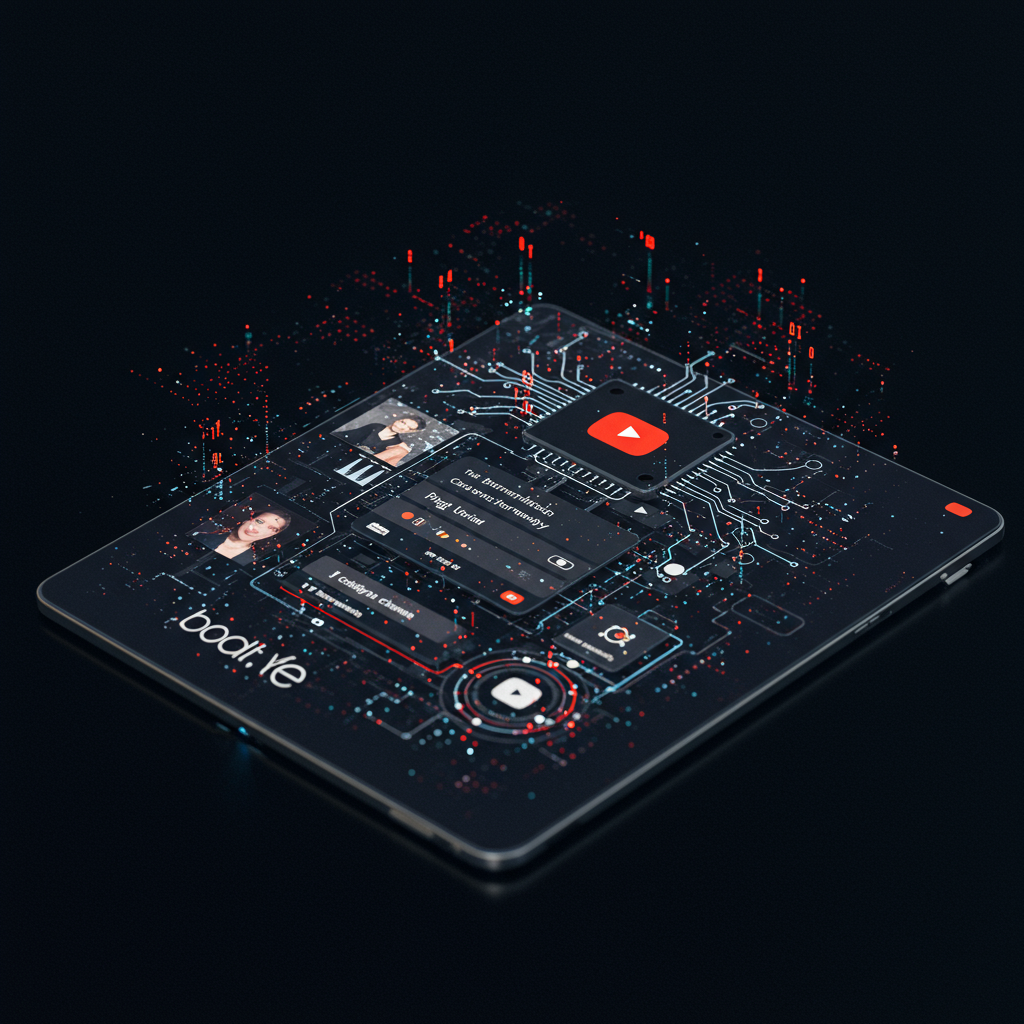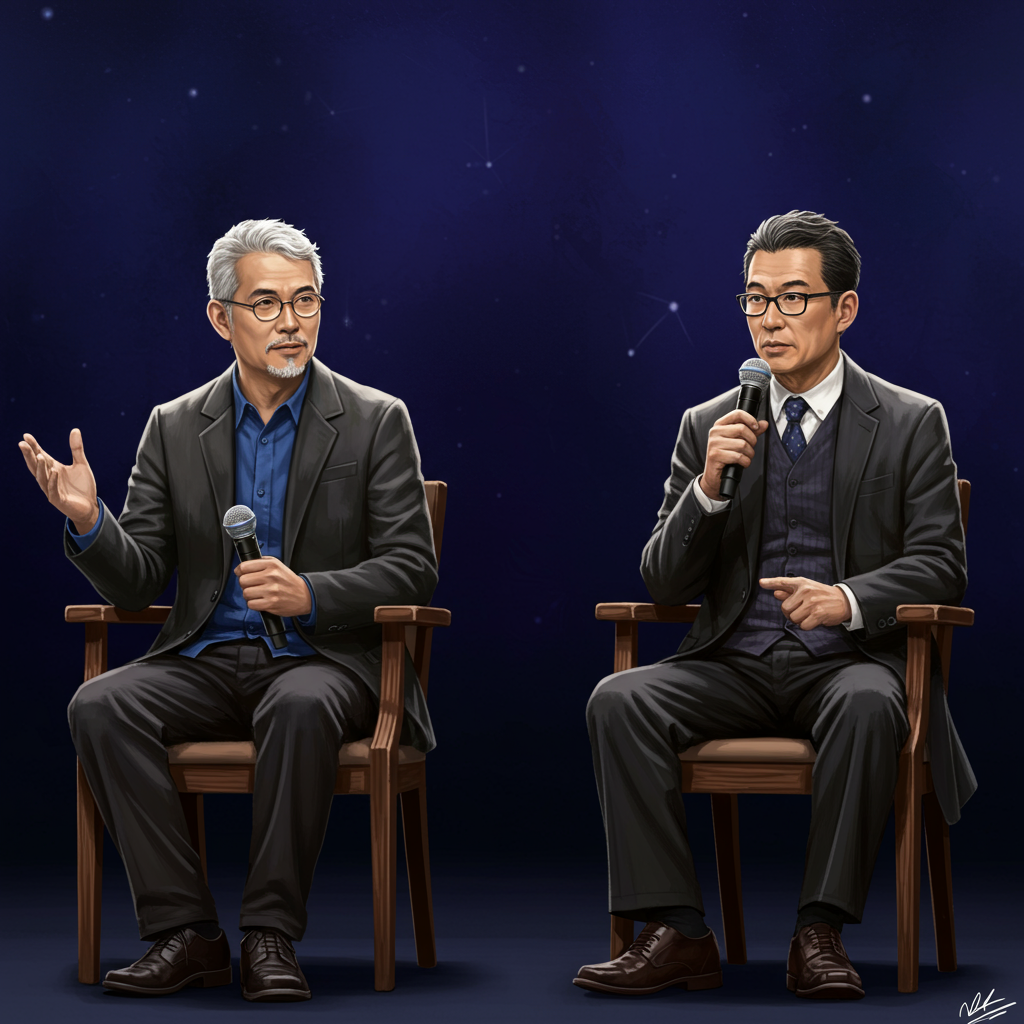The launch of the Nintendo Switch 2 marks a pivotal moment for the gaming giant, promising a significant leap forward while staying true to the beloved hybrid console design. Digital Foundry, renowned for its deep technical analysis, has put the new hardware through its paces, revealing a system that delivers impressive generational gains in performance and features, yet stumbles significantly on a key component: the display.
Going into this review, the big questions centered on the magnitude of the generational upgrade, overall system performance, and the details of the hardware form factor and new peripherals. While the answers are largely positive, particularly regarding efficiency and core power, the disappointing quality of the LCD screen—and its failure to deliver on promised HDR and VRR features—stands out as a major drawback.
The Engine Under the Hood: Specs and Performance
At its core, the Switch 2 is powered by a custom Nvidia processor, identified as the T239 chip. Based on analysis, this silicon likely uses a blend of Samsung’s 8nm and 10nm fabrication nodes, placing it a step behind the smaller process nodes found in devices like the Steam Deck.
The CPU features eight ARM Cortex A78C cores, offering a substantial generational leap over the original Switch’s older A57 cores. Six of these cores are available for games, with two reserved for the operating system. Clock speeds hit 1101MHz in handheld mode and a slightly lower 998MHz when docked, with a theoretical peak of 1.7GHz. These CPUs are supported by a robust cache system, including per-core L2 cache and a shared 4MB L3 cache.
For graphics, the T239 sports 1,536 CUDA cores leveraging Nvidia’s modern Ampere architecture, similar to the RTX 30-series GPUs. This enables support for features like machine learning (key for DLSS) and ray tracing, though real-time ray tracing in games remains to be seen. The GPU clocks in at 561MHz handheld and 1007MHz docked in performance mode, with a theoretical maximum of 1.4GHz. Nvidia CEO Jensen Huang has hyped the T239 as “unlike anything” previously built, boasting the “most advanced graphics ever in a mobile device” and dedicated AI processors.
Memory sees a massive upgrade: 12GB of LPDDR5X running on a 128-bit interface. This provides 102GB/s of bandwidth when docked (3200MHz memory clock), downclocking to 68GB/s handheld (2133MHz memory clock). Nintendo reserves 3GB for the system, leaving a generous 9GB for developers, a significant increase from the Switch 1’s 4GB total.
Efficiency King, with Caveats
Despite the slightly older Samsung process nodes, the Switch 2 proves remarkably power efficient. Measured at the wall, peak power draw is around 22W when docked, falling to 10-12W in handheld mode. Nintendo cites a minimum of two hours of play, suggesting a 10W ceiling for handheld power draw in demanding scenarios. Digital Foundry’s tests with titles like Mario Kart World and No Man’s Sky verify this, achieving 2.5 hours of play with an average handheld power draw under 8W – an impressive feat.
However, a notable caveat exists: when docked and running at peak performance, the console draws power but charges the battery at a “glacial” pace, if at all. Connecting the charger in handheld mode, however, allows the system to power gameplay and charge the battery simultaneously, drawing closer to 25W total.
Refined Design and Improved Connectivity
The hardware design is generally praised as a positive evolution. While noticeably larger than the original Switch, the Switch 2 maintains a similar thinness, avoiding the bulkiness of many PC handhelds. The larger 7.9-inch LCD screen provides a more immersive experience, and color reproduction is improved over the base Switch. The revised Joy-Con 2 controllers attach magnetically but retain connecting pins, are slightly taller, and introduce new features like a ‘C’ button for GameChat and potential mouse control when held sideways, though they do not use Hall effect technology.
The Pro Controller receives particular acclaim for its excellent build quality, ergonomics, d-pad, analog sticks, and exemplary battery life. Small quality-of-life touches on the main unit, like small feet on the bottom, are appreciated. The dock is also improved, supporting 4K and HDR output and notably including a built-in Ethernet port—a welcome addition compared to most Switch 1 docks. A minor criticism is the surprisingly short length of the included USB-C cables.
Connectivity is dramatically enhanced. WiFi performance is an order of magnitude better than the Switch OLED; tests showed 363Mbps download speed compared to just 32.6Mbps. Ethernet speeds see a similar jump, from 154Mbps to 720Mbps. This translates directly into faster loading times, with a 9.1GB game downloading via WiFi in just seven minutes on Switch 2 versus 32 minutes on Switch 1.
The Glaring Issue: A Sub-Par Display
The single biggest disappointment is the display itself. Despite Nintendo promising HDR and the panel supporting a 120Hz refresh rate, the edge-lit LCD struggles. Barely hitting 420 nits peak brightness, it fails to deliver a meaningful HDR experience; the signature contrast and highlights are largely absent.
Even more concerning is the motion quality. The Switch 2’s LCD exhibits blurring characteristics that are noticeably worse than the original 2017 Switch display and pale in comparison to the vibrant, clear motion of the Switch OLED.
VRR (Variable Refresh Rate) functionality, while technically present and showcased in system software (demonstrating a 40-120Hz window and Low Frame-Rate Compensation), proves problematic in real-world game testing. In demanding titles running at target frame rates like 40fps, performance drops below the target lead to clearly perceptible judder, indicating LFC isn’t functioning as expected. Even in games targeting 60fps, performance fluctuations can cause the display to “ping pong” between smooth VRR and noticeable judder below the 40fps threshold. Digital Foundry recommends opting for locked 30fps modes for a smoother experience in these cases.
New Features: Hits and Misses
The Switch 2 introduces ambitious new features like Game Share and Game Chat.
Game Chat: This integrated, OS-level voice chat for up to four players is a significant success. It leverages what appears to be Nvidia RTX broadcast technology for astonishingly effective AI-powered voice isolation, filtering out loud background noise with ease. It can also isolate and track player video feeds, integrating them into gameplay, such as placing a player’s head above their vehicle in Mario Kart World. While video feeds are low quality (around 10fps), the overall implementation is effective and fun. Its performance impact is minimal, occasionally hitting CPU-limited scenarios with multiple players but generally deemed non-impactful in real-world testing.
Game Share: Designed to stream gameplay to another Switch over a local network, effectively turning the Switch 2 into a “cloud server,” this feature falls short. Stress tests with fast-paced games reveal poor video quality (likened to a 360p YouTube encode), break-up in motion, hitches, and input lag. While it might fare better with static scenes or less demanding games, its current implementation feels compromised. General video encoding quality from the system’s media block (used for Game Share and captures) is also criticized for macroblocking issues.
Seamless Backwards Compatibility & Enhanced Classics
A major positive is the Switch 2’s backward compatibility with original Switch games. Thanks to the enhanced hardware, many Switch 1 titles run significantly better. Games that struggled with performance or dynamic resolution on the original console often achieve their targets consistently on the Switch 2. Digital Foundry saw performance increases estimated between 2.4x and 3x depending on the game’s original bottleneck. A prime example is Batman: Arkham Knight, notoriously poor-performing on Switch 1, which reportedly has all its performance issues fixed on the Switch 2, sometimes even doubling frame rates.
Furthermore, Nintendo offers free “Enhanced” upgrades for select first-party Switch 1 titles like The Legend of Zelda: Breath of the Wild and Tears of the Kingdom, adding features like visual optimizations, frame rate improvements, and Game Chat integration. However, due to hardware differences, some games requiring specific original Joy-Con features (like IR Camera) necessitate using older controllers.
Storage, Loading & Digital Libraries
The Switch 2 comes with 256GB of internal UFS-based storage, a much-needed upgrade from the original’s 32GB, which is also faster. It supports storage expansion via MicroSD Express cards up to 2TB, though older MicroSD cards are only compatible for transferring media, not running games. A custom hardware decompression block is included in the chip to speed up loading from storage into memory.
While connectivity improvements already speed up downloads, the new “Virtual Game Card” system for digital libraries is viewed as a significant step backward. Replacing traditional digital icons with physical-card-like visuals, it complicates navigation, especially for large libraries, and feels like a regression from the prior interface, despite adding a digital lending feature within Nintendo family groups.
Launch Details and The Path Ahead
The Nintendo Switch 2 launched worldwide on June 5, 2025, priced at $450 / £395.99, with a Mario Kart World bundle available for $499.99 / £429.99. Launch titles included new entries like Mario Kart World (an open-world take), enhanced versions of popular Switch classics, and ports like Cyberpunk 2077 and Hogwarts Legacy. Upcoming titles like Metroid Prime 4 Beyond and Pokemon Legends Z-A are planned with Switch 2 enhancements. Physical game carts are red and retain their unique taste.
The Verdict: A Mixed Bag of Power and Problems
Digital Foundry’s review concludes that the Nintendo Switch 2 is, for the most part, a positive story. It delivers a proper generational upgrade, showcasing impressive power efficiency and performance gains across CPU, GPU, memory, and connectivity. The hardware design is refined, the Pro Controller is excellent, backward compatibility is robust, and Game Chat is a fantastic, well-implemented feature.
However, the console is significantly hampered by the poor quality of its LCD display. The failure to deliver on meaningful HDR, coupled with disappointing motion clarity that is worse than its predecessor, and the problematic implementation of VRR, are major flaws. The “awful” Virtual Game Card system and the poorly executed Game Share feature also detract from the experience.
Despite these drawbacks, the Switch 2 successfully refines the core hybrid concept. It sets the stage for another generation of Nintendo gaming, promising more powerful experiences for both new and existing titles. While the screen is a major disappointment, the underlying power and efficiency achievements, combined with successful new features like Game Chat and seamless backward compatibility, make the Switch 2 an otherwise impressive piece of hardware with significant potential.




